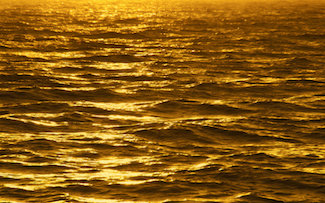Product Description
Boucheron, Contoured “Wave” necklace, 48 diamonds (approx. 2 ½ carats TW) set in platinum links with 23 18K yellow gold half moon shaped elements, signed, c. 1940, Length: 15 inches



Boucheron, Contoured “Wave” necklace, 48 diamonds (approx. 2 ½ carats TW) set in platinum links with 23 18K yellow gold half moon shaped elements, signed, c. 1940, Length: 15 inches
MICHAEL POWOLNY (1871-1954) Austria
GMUNDNER KERAMIK Vienna
Vase c. 1912
White glazed pottery with black striped division and four black glazed ball feet
Marks: GK (in a square) 289, D/3
For more information see: Michael Powolny: Keramik und Glas aus Wien 1900 bis 1950, Elisabeth Frottier (Vienna: Böhlau Verlag, 1990); Wiener Keramik, Historismus, Jugendstil, Art Déco, Waltraud Neuwirth (Braunschweig: Klinkhardt & Biermann, 1974).
H: 6 1/8″
Price: $3,850
